
Lofoten Islands
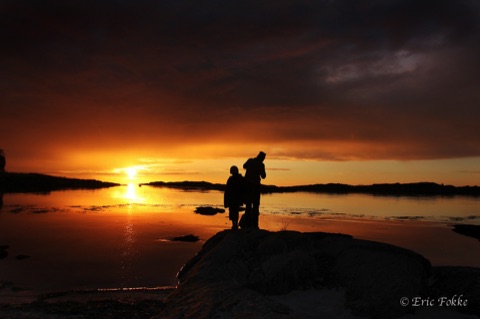
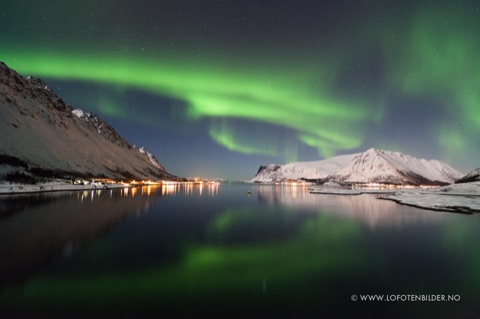
Lofoten: climate, population, economy, birds, mammals, plants
Midnight sun and northern lights
The Lofoten are a group of Norwegian islands. They are located above the polar circle, between the 67th and 69th parallel north. The climate is nevertheless mild, because the islands are surrounded by the warm water of the Gulf Stream. The average temperature is 12 degrees in the summer and -1 degree in the winter. The archipelago is characterized by steep mountains with sharp peaks, standing firm in deep fjords and stormy seas. Between the mountains there is space for picturesque fisherman villages, breathtaking beaches and peaty soil.
The landscape, colorful skies and the special light turn the Lofoten often into a fairytale land. Because of its location above the polar circle, there is a period when the sun never sets. The midnight sun phenomenon exists between about the 28-th of May and 14-th of July. On the contrary, between early December and the beginning of January, the sun doesn’t rise above the horizon at all. This doesn’t mean total darkness though. Because the sun is passing just below the horizon, there is a long twilight-zone, compared to the period just before or after sunrise. At midday, there is almost near daylight.
An impressive phenomenon are the northern lights or polar light, also known by its Latin name aurora borealis. This breathtaking sight is visible during nights when the sky is clear. The polar light starts when electrically charged particles of the sun collide with gasmolecules in the atmosphere. Northern lights often appears in the form of long arches. The particles can also be seen rushing through the sky like a huge luminous curtain. Every time aurora borealis appears, it looks different. It can be little or overwhelming. The color is often green, but it can also turn to red or purple. Polar light is most visible from the end of August, when the nights become darker, until the beginning of April. After that, even at night, the sun creates too much light to make the northern lights visible.
Birds
Bird life was abundant, but everywhere populations are collapsing. On and around the islands of Røst and Vaerøy there are still tens of thousands of puffins, razorbills, guillemots and kittiwakes, but not nearly the hundreds of thousands that were there until thirty years ago.
Black-throated divers and red-throated divers nest on Lofoten Islands, and arctic- and yellow-billed divers fish along the coast in winter. During that period, other Arctic species such as long-tailed ducks and king eiders also come to the Lofoten. Sea eagles, with their wingspan of more than 2.5 meters, are present all year round and are numerous. Summer gives good chances for short-eared owl and long-eared owl, autumn gives better chances for sparrow owl. Rough-legged owl is rare.
Bluethroats, reed buntings and warblers are numerous. Waxwings can often be found in the autumn and sometimes also hookbills. Blackbirds and wrens are rarities. They are there, but it is easier to discover ringworms and dippers. There are probably only a few breeding cases per year of a species such as the dotterel. Because species occur here that you will not easily find further south in Europe, the Lofoten Islands are interesting for bird watchers, even though the species list is not very long after a day of birding.
Wildlife
Animal life is considerably less diverse. Bears have long been exterminated here and there is no trace of lynx either.
Foxes are heavily hunted, but can still be seen. Stoats sometimes appear in pleasant numbers, depending on the mouse population. Otters swim almost everywhere along the coast and unfortunately you will also find them dead on the road. Minks, which do not occur naturally here but have escaped from the fur industry, are also there and are considered a threat to the bird population. There are Arctic hares on some islands.
The number of moose seems to be increasing and they are mainly seen in winter. Deer have also been sighted since 2020.
There may be more species of mammals in the water than on land.
Seals can show up in many places. But they are also hunted.
Orcas, or killer whales, can be seen with binoculars in the second half of January when they are on the ocean side. There they follow, often accompanied by humpback whales, large schools of herring that pass by. At the end of March, a few families of orcas return and mainly stay in the Vestfjord. They can regularly be seen from the shore, they sometimes swim close to the coast.
Porpoises can be seen regularly. Fin whale and minke whale less common. Pilot whales usually swim too far from shore to see them. A whale safari from Vesterålen, located next to Lofoten, gives the best chance of seeing the various species, with sperm whales guaranteed.
Plants
Lovers of plants, mosses and flowers will get their money's worth on the Lofoten. Walking through the peat certainly means trampling various species that are high on the Red List in the Netherlands. Everyone is free to walk anywhere and explore.
In spring and summer, fields are covered in yellow and purple flowers. Spotted orchid and wild violet on the roadside.
In autumn the islands are full with blueberries, juniper berries and cloudberries - a berry (multe in Norwegian) that the Norwegians love.
Population
Although only 9 percent of Norwegians live in northern Norway, which also includes the Lofoten Islands, the islands are not exactly sparsely populated. Certainly not in comparison to a province like Finnmark – which is larger than Denmark and has only 75,000 people. Anyone who drives over the Lofoten Islands in the dark will be amazed at the many places where artificial light can be seen.
24,000 people live on 1227 square kilometers. Compared to a country like the Netherlands, where I come from, it is of course quiet: the province of Utrecht measures 1,449 square kilometers and 1,164,875 people live there. Another comparison: the municipality of Uithoorn, where we lived until April 2008, has 25,000 inhabitants on 19.5 square kilometers.
Economy: fish and tourism
Fishing has been the main source of income in Lofoten for centuries. From early February to April, cod from the Barents Sea – called skrei – comes to Lofoten to spawn. For centuries, thousands of fishermen from all over Norway have come to the islands to participate in this winter fishing.
It is oil that ultimately made Norway a rich country in the second half of the last century. But for the thousand years before that, fishing was Norway's most important economic activity, especially cod and/or stockfish from the Lofoten, so we learn from the late Frank A. Jenssen's book, Torsk: fisken som skapte Norge (Cod, the fish that made Norway). Fish, especially from the Lofoten Islands, are the foundation under of Norwegian society.
Many fish still end up on wooden racks where they are dried into stockfish. That stockfish is shipped all over the world, with Italy as the largest market. Africa, especially Nigeria, is an almost equally large market, but for poor quality, such as dried fish heads.
Nowadays tourism is also a very important source of income on the islands.
Whaling is economically negligible. But still Norway shoots minke whales, shooting several hundred a year during the summer. Also around the Lofoten.
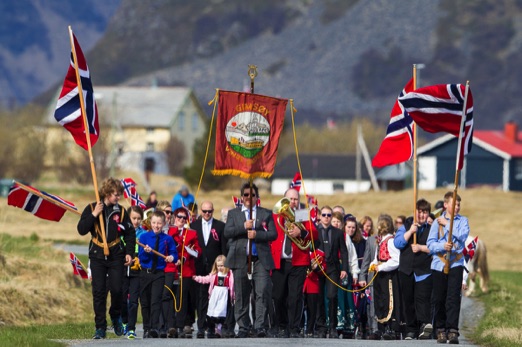
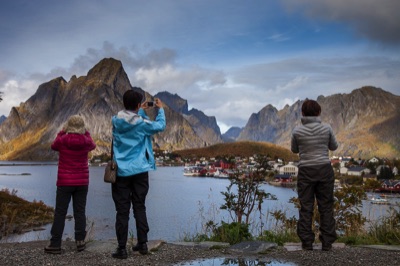
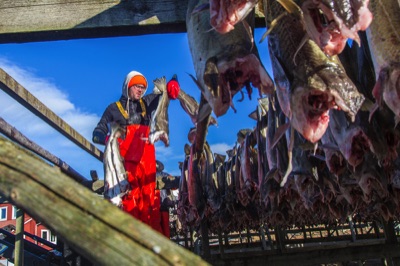
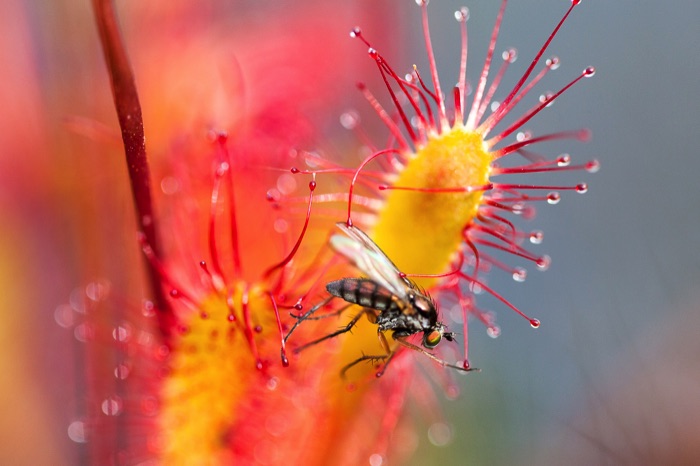
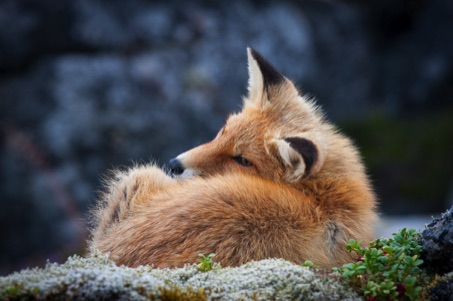
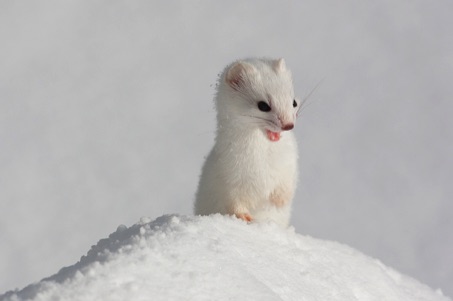
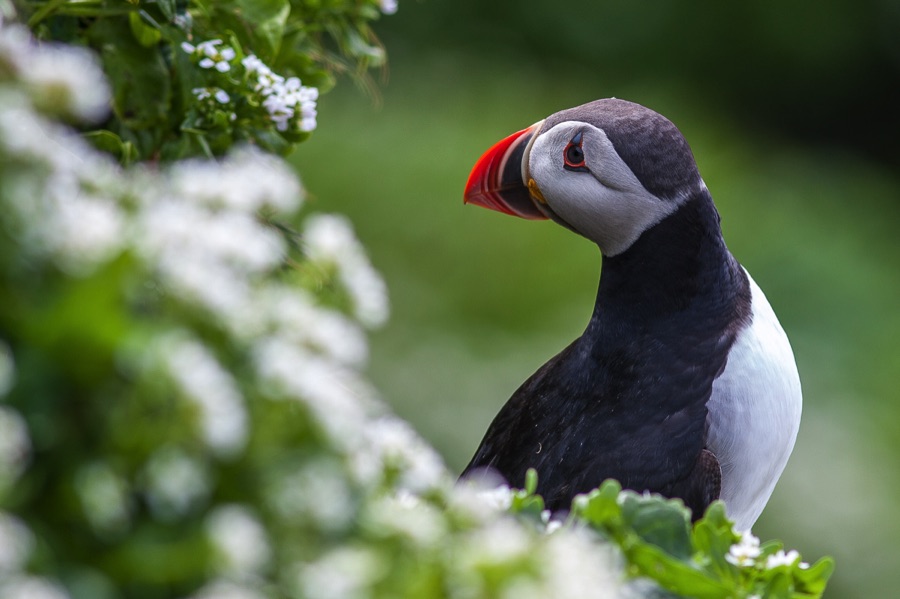
Links
Local news:
How is the weather where we live?:
Northern Lights:
Tourist information: